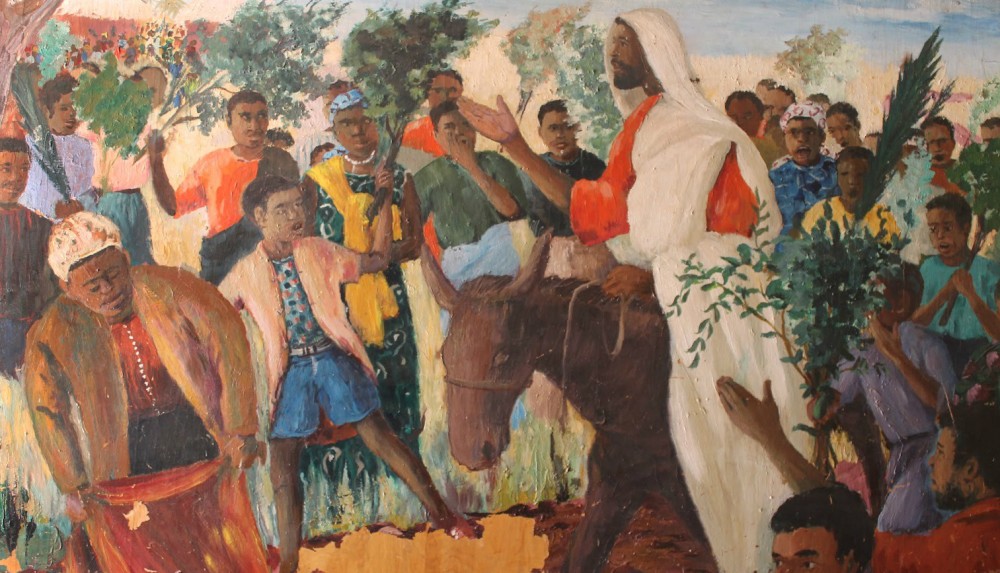
In introductory New Testament courses I challenge seminarians to consider a pair of claims:
- Jesus was crucified for deeds he actually committed.
- The officials who saw to Jesus’ execution were just doing their jobs.
Scholars would find neither declaration provocative. Jesus’ crucifixion makes perfect sense in his cultural context. The twin declarations do unsettle many students, however. The challenge doesn’t rest with them. Seminarians are as bright as ever. The challenge emerges from the ways we talk about Jesus in church: Jesus was righteous, so he must have been innocent.




